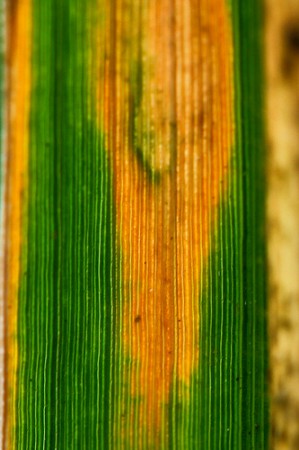I feel we need evaluation data on ‘agronomic’ performance. Morphological description, in most cases, totally pointless.
That was the first response to my posting of the rice sheath blight story on GIPB the other day.
Somewhat provoked, one of the authors of the paper prepared this reposte.
Consider this like a “morphological FIGS” (Focused Identification of Germplasm Strategy), selecting the “best bet” set of accessions to meet the researchers’ objectives.
Yes of course we need more evaluation.
But look at the effort that went in to the screening of these 200. Imagine scaling that up to the whole collection of 110,000+ accessions. Impossible. Imagine even scaling up to the 5,000 we can characterize in one year. Impossible.
Then consider all the evaluation data IRRI has collected in the past on the genebank accessions and effectively discarded. (“Don’t throw it away! Give it to me … Thank you … Oh, I see what you mean. Throw it away” is the typical sequence of reactions we get from people convinced we shouldn’t discard it). Why discard it? Because it was all done using the quick-and-dirty anything-is-better-than-nothing approach of genebanks to characterizing and evaluating large collections. The experts won’t do it, we don’t know how to do it properly, so let’s just do what we can do. Silly.
When we evaluate accessions we have to evaluate them properly, led by the trait experts, and we can only ever hope to do that for small subsets of accessions.
Then consider the lack of progress even by the experts in evaluating diverse subsets (dare I say core collections?) for resistance to sheath blight.
Sheath blight is an unusual disease. Because of the mode of spread from one plant to the next (by fungal hyphae), the rate of spread is highly dependent on plant architecture. The experts felt this “noise” might be hiding the signal of physiological resistance that they wanted to detect. Therefore they should control for canopy architecture; therefore we should use characterization data to select accessions for evaluation.
The real message is not that characterization data are useful. The real message is that evaluation efforts must be focused more carefully on the right subset of accessions, choosing the “best bet” set for each request. Characterization data are just another type of data that may or may not help us to choose in the concept elaborated in FIGS.
Let the debate continue!
 And yet a
And yet a